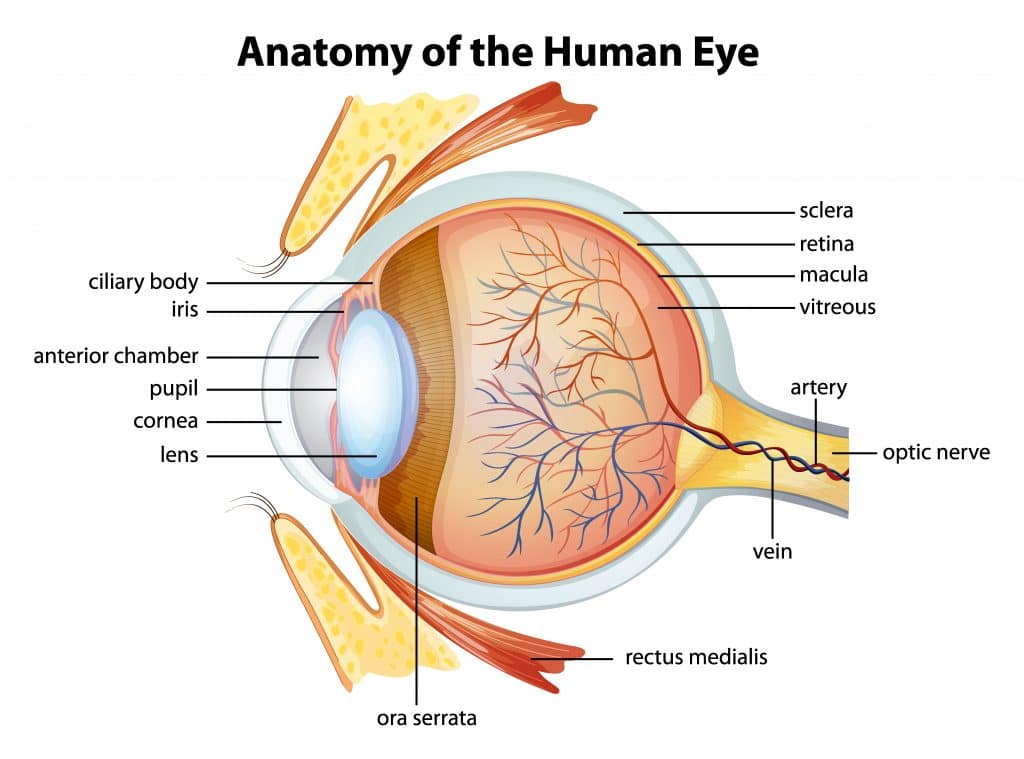Section 5: Lenses and Optical Instruments

A lens is a transparent material with a curved surface that reflects light rays. Lenses are used in many everyday objects, such as glasses and cameras. A lens is characterized according to the shape of its surface. For example, a surface that curves outward is convex, and one that curves inward is concave.
A convex lens is thicker in the middle than at the edges, and light rays are refracted toward the optical axis. The image depends on the distance of the object from the lens. A concave lens is thinner in the middle and thicker at the edges. Light rays are refracted away from the optical axis.
Another characteristic of lenses is that they bend light to make things look bigger or smaller. Someone who is farsighted isn’t able to bring nearby objects into focus. This is because the focal length of the eye is too long to form a clear image of nearby objects. When a convex lens is placed in front of the eye, it enables the retina to focus on the sharpened image. Someone who is nearsighted isn’t able to see things that are far away. When they look at distant objects, the light rays from the objects are focused in front of the retina. When a concave lens is placed in front of the eye, the light rays separate, so they are focused on the retina.

The structure of the eye allows us to focus on objects. Eyes have rods and cones to help us see light and color. Eyes have three types of cones, and each one helps us detect a particular range of color in bright light. Light enters the eye through the cornea, a transparent covering on the eyeball that causes light rays to bend. The light rays then pass through the pupil. Behind the pupil is a convex lens that helps to focus light rays to form images. Finally, the retina, or inner lining of the eye, converts light into electrical signals that the brain interprets.
Optical instruments enable eyes to see objects that otherwise would be too small or far away to be seen. Telescopes use mirrors and lenses to gather more light from far-away objects than the eye can. Microscopes use two convex lenses with short focal lengths to magnify small, close objects. Cameras gather and bend light with a lens to form an image on light-sensitive film.
Review:
- Define lens.
- Explain what it means to be farsighted.
- Light enters the eye through the ________.
